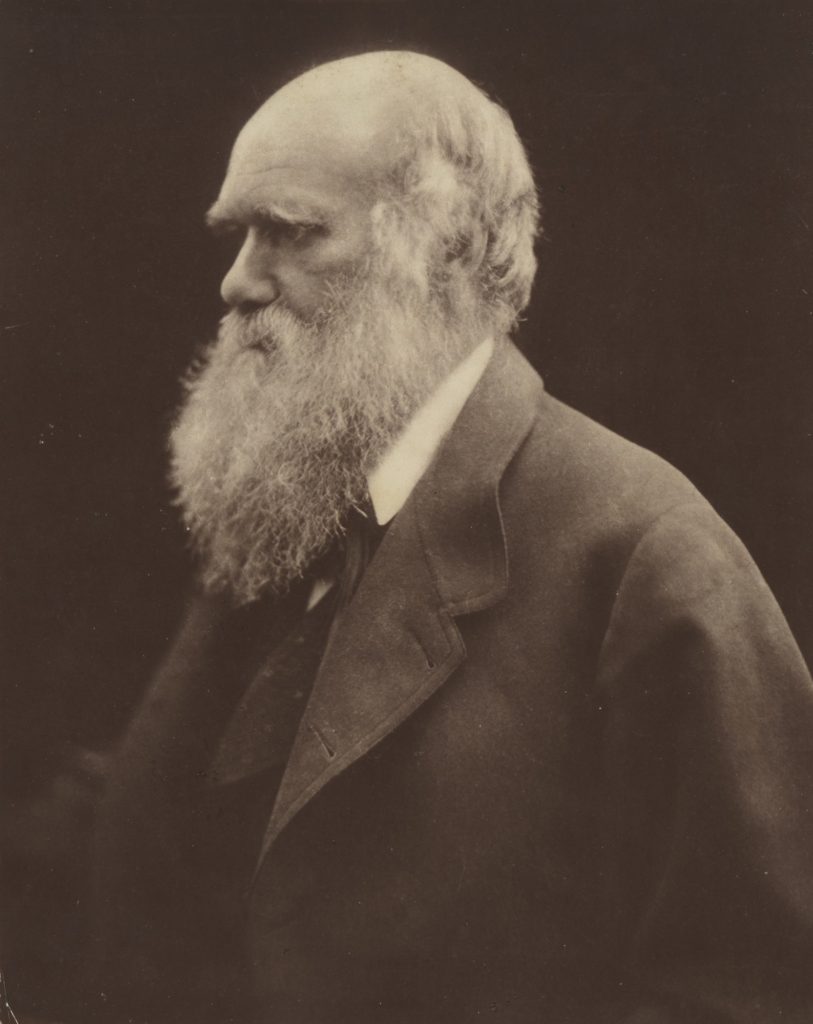Portrait photography, or portraiture, is a type of photography aimed toward capturing the personality of a person or group of people by using effective lighting, backdrops, and poses. This technique has been used for centuries in the form of paintings.
Early Pioneers
Louis Daguerre + Daguerreotype
Louis Daguerre was a French artist and photographer, recognised for his invention of the daguerreotype process of photography. He is known as one of the fathers of photography. He was inspired by Nicephore Niepce who was a French inventor of the 18th century
The daguerreotype was the first commercially successful photographic process (1839-1860) in the history of photography. This method consisted of treating silver-plated copper sheets with iodine to make them sensitive to light, then exposing them in a camera and “developing” the images with warm mercury vapour. Unlike heliography, this process only needed 20 minutes of exposure.
/https://tf-cmsv2-smithsonianmag-media.s3.amazonaws.com/filer/bd/7d/bd7d625e-d40d-431e-baca-34578201261b/daguerreotype4.jpg)
Henry Fox Talbot
Henry Fox Talbot was an English scientist, inventor and photography pioneer who invented the ‘salted paper’ and ‘calotype’ processes.
The ‘Salted Paper’ process was discovered in 1834, and it was used to create photogenic drawings, meaning drawings produced by light. The process involved dipping the paper in a solution of sodium chloride and coating one side with silver nitrate. An impression of an object was then made by placing it on the sensitized side of the paper and exposing it to the sun.

Calotype(Ancient Greek for “beautiful impression”), also know as Talbotype, was introduce in 1841. In this technique, a sheet of paper coated with silver chloride was exposed to light in a camera obscura; those areas hit by light became dark in tone, yielding a negative image.

(detail), before December 13, 1845, salted paper print from a calotype negative, Gift of the William Talbott Hillman Foundation
Julia Margaret Cameron
Julia Margaret Cameron was a British photographer who is considered one of the most important portraitists of the 19th century. She is known for her soft-focus close-ups of famous Victorian men and for illustrative images depicting characters from mythology, Christianity, and literature.
Cameron was often criticized by the photographic establishment of her day for her supposedly poor technique: some of her pictures are out of focus, her plates are sometimes cracked, and her fingerprints are often visible. She is now know for those “mistakes” which made her work more unique.



Henry Mullins
Henry Mullins is one of the most prolific photographers represented in the Societe Jersiase Photo-Archive, producing over 9,000 portraits of islanders from 1852 to 1873 at a time when the population was around 55.000. The record we have of his work comes through his albums, in which he placed his clients in a social hierarchy.

